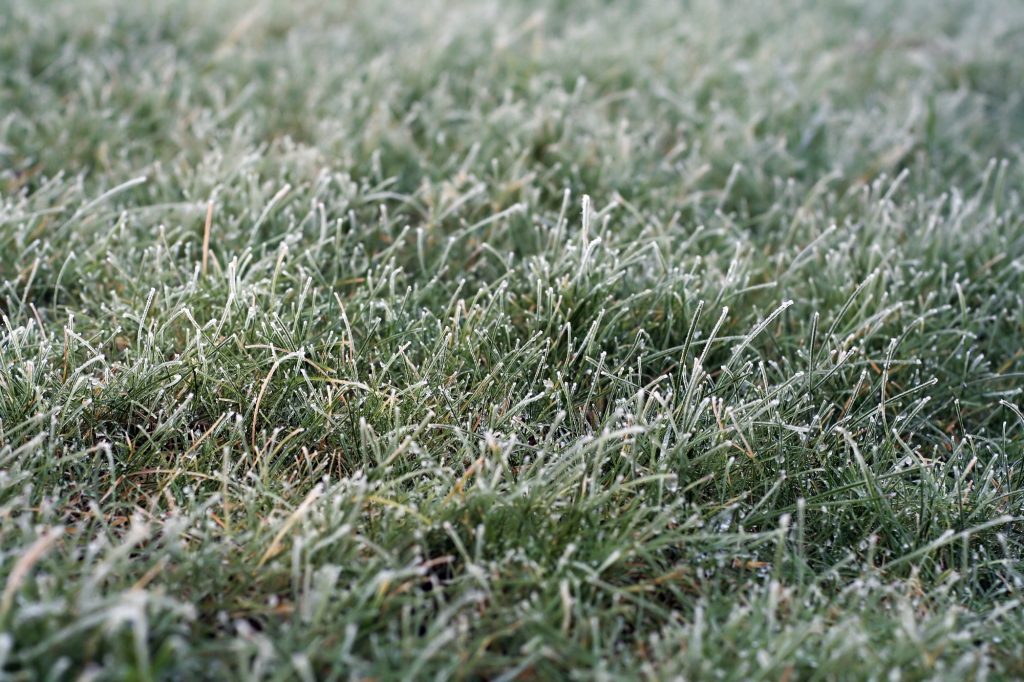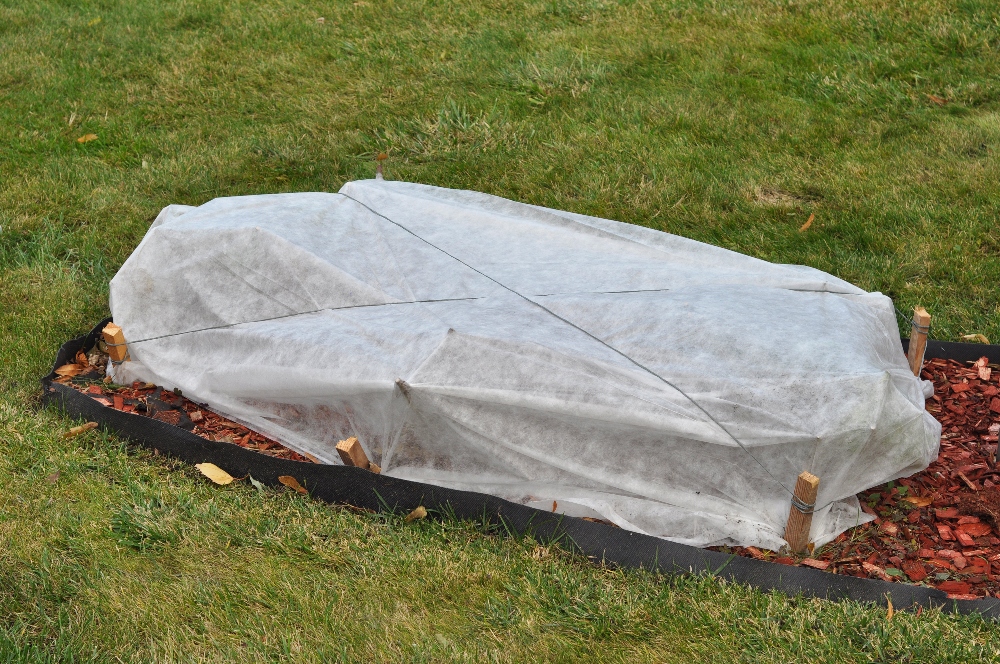6 Ways to Stop Yellowing & Salt Damage from Deicers
Last year, did you notice yellowing grass or vegetation at the start of spring? Oftentimes, the biggest cause of yellowing turf and leaves is an imbalance of nutrients— and when spotted along your sidewalks or garden beds after a snowy winter, is usually due to salt damage from deicer products.
But not removing snow and ice can be very costly, threatening the safety of your customers and staff. While deicers can be a big help in clearing your walkways and parking lots, there are a few ways you can use them smarter, without harming your plant life.
This year, don’t welcome spring with a yellow or dying landscape. Here are six tips for preventing salt damage this winter:

1. Select a Better Deicer
Deicers by design are meant to melt snow and ice, but all those harsh chemicals and high levels of sodium don’t just disappear after laying them on your sidewalk. Rain often washes the corrosive chemicals into your turf or surrounding mulch and garden beds, cause yellowing to or killing your plant life.
The main harmful ingredient here is chloride, becoming toxic to your greenery when absorbed by your plants in high concentrations. When hiring a professional landscaper, ask them what deicer products they use, and if it’s possible to use one without chloride.
Even a product with sodium acetate, which looks intimidating because it has sodium in the name, is often less harsh than chloride-based deicers. However, many landscape professionals recommend a calcium chloride-based deicer to reduce salt damage.
2. Wrap Your Trees & Plants
Not only can wrapping work as a wind and cold barrier, but it can also help to prevent salt damage. The high sodium levels in deicers mix into runoff and wash to the base of your trees and plants, where it seeps deep into your soil and causes root burn— which can ultimately kill your plants.

This concentration of salts will have a harder time getting to your roots if you wrap them with a semipermeable burlap or specialized plant wrap material like commercial crepe wrap*. Also, as an added bonus, it’ll help to deter pests like deer from eating your landscaping when their food supply is low come winter.
*Before wrapping your trees and shrubs, remember that winter is the best time in PA for a trimming! Schedule a professional trim to remove any damage or overgrowth prior to covering your plants.
3. Lay Down Burlap
Even if you can control which deicer products you use, you can’t control what chemicals your neighbor lays down— which can wash onto your property. If you spread salt on your sidewalks, consider edging with an organic material. Adding this extra layer of protection alongside the path can prevent yellowing come spring.
Avoid using plastic tarps or other non-breathable materials, which can suffocate your plants and lock in moisture— often leading to root rot or snow mold. Instead, opt to cover your grass with straw blankets or burlap, which allow your turf to breathe while still preventing a high concentration of harmful chemicals from reaching your soil.
4. Build a Strong Soil Profile
Perhaps one of the most important things you can do to help your grass survive a cold Pennsylvania winter is build up a strong soil structure. Your soil needs a few core nutrients to feed your turf and plants, and without the right amount of potassium, phosphorus and nitrogen (and other micronutrients), your grass will be more susceptible to disease and damage.

This fall, be sure to aerate and overseed correctly to fill any bare patches; it’s equivalent to you going outside in the freezing cold without a hat or gloves— and helps to prevent exposure soil from fostering disease.
Also, be sure to use a nourishing organic fertilizer to strengthen your soil profile and give your grass an ample reserve of nutrients over the wintertime.
5. Shovel & Plow Instead
Shoveling is oftentimes more time-consuming than spreading deicers, but it can save your landscape from harmful salt damage. At first sight of snow or ice, shovel or plow the affected areas— being sure not to pile too much in one area to avoid drainage issues later when it melts.
A reliable commercial landscape crew should understand the importance of early snow and ice removal, and be on the job clearing your pathways right away. Think of it this way: it might cost a little extra out of your pocket now, but you could be spending much more planting new grass and vegetation if deicers wreak havoc on your property.
6. Spread Evenly
This concept may seem simple, but it can do wonders. It’s not uncommon for commercial property managers to dump out piles of salt in a rush for a quick thaw, but sloppy application can lead to big problems.
Piles of salt increase the concentration of sodium in one given area, seeping into your soil in higher volume and causing yellow patches. It’s important to measure and only use the recommended amount on your deicer product. If you have a landscaper laying down deicer for you, ask them how much they use and to ensure it’s applied evenly.
Prepare for Snow & Ice Early
Salt damage from deicers isn’t the only thing that can cause yellowing or dead landscaping come spring. Poor drainage issues are something that should be addressed too before the bad weather hits— to avoid moisture build-up and crown hydration.
Make sure you are preparing for snow and ice early with these tips, or give our team at Caramanico a call for a helping hand. We can stop by your property and perform a quick assessment, and then get to work right away.
